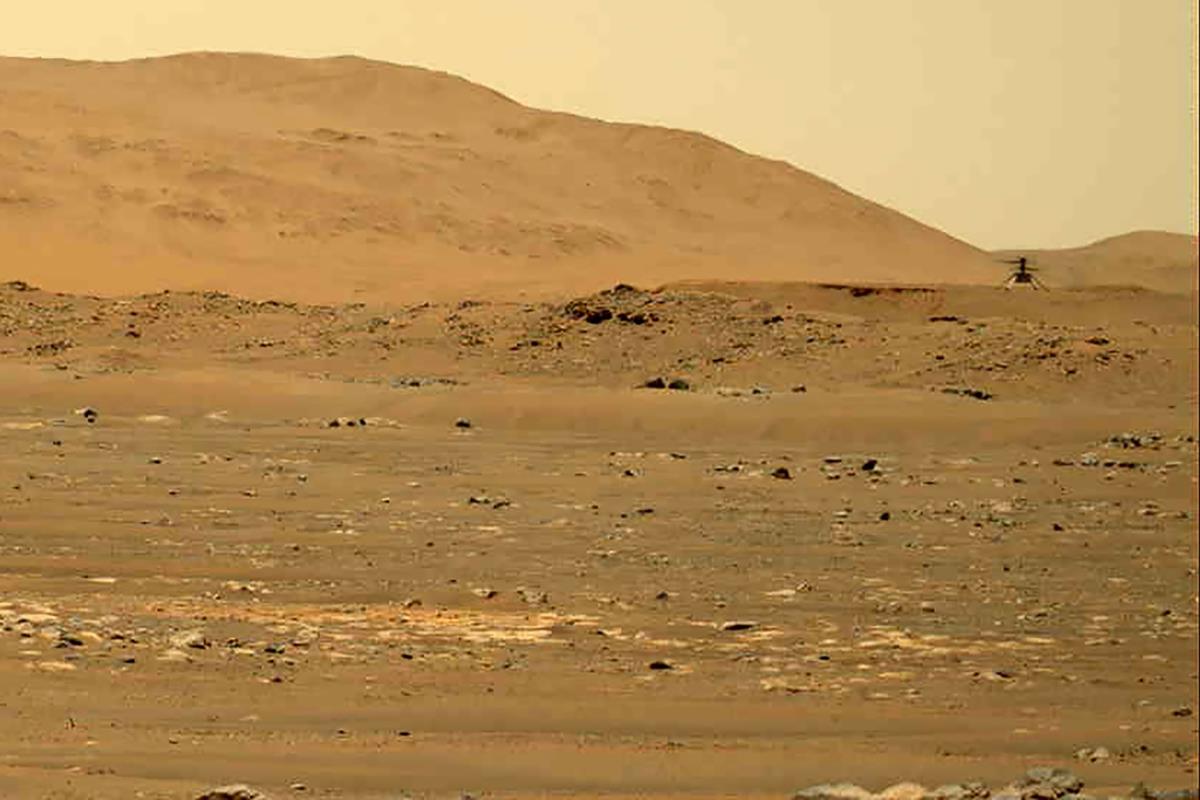As humanity sets its sights on colonizing Mars, a fundamental challenge emerges: how will astronauts nourish themselves on a planet devoid of familiar grocery stores and fertile fields? Researchers at Wageningen University & Research in the Netherlands are tackling this dilemma by looking back in time – to a traditional agricultural practice known as intercropping.
Pioneered by the Mayans, intercropping involves growing a diverse range of crops together, fostering a symbiotic relationship where each plant benefits from the presence of its companions.

Simulating the Red Planet: A Terrestrial Greenhouse Cultivates Martian Cuisine
The year is the mid-2030s, and the international space community envisions human footprints on the dusty Martian soil. But establishing a self-sustaining food source on a planet with a radically different environment remains a significant hurdle.
To address this challenge, the Dutch researchers have meticulously recreated a Martian environment within a controlled greenhouse. This includes replicating the Martian soil composition, the atmospheric conditions (including gas composition, temperature, and humidity), and even the distance from the sun (a staggering 140 million miles).
Within this simulated Martian biosphere, they are testing the viability of cultivating food using intercropping techniques.
Mayan Wisdom for Martian Meals: Boosting Yields with Intercropping
The study investigates the effectiveness of intercropping different combinations of tomatoes, peas, and carrots in Martian soil. The results are particularly promising for tomatoes.
When grown alongside peas in the same container, tomato yields display a significant increase. This suggests potential benefits such as thicker stems, a greater abundance of larger fruits, and a faster maturation process. While peas and carrots appear to thrive best when grown alone, the positive impact on tomatoes highlights the potential of intercropping for Martian agriculture.
Building on Ancient Knowledge: Optimizing Martian Food Production
The researchers, led by astrobiologist Rebeca Gonçalves, view this initial success as a springboard for further investigation. They plan to experiment with different plant combinations, ratios, and potentially even introduce additional species. By meticulously adjusting these parameters, they aim to develop the most optimal intercropping system for Martian food production. The study underscores the value of looking to historical agricultural practices for inspiration, particularly when venturing into the unknown environment of Mars. This is a testament to the enduring wisdom of traditional techniques, demonstrating their potential to be adapted and reimagined for the challenges of an alien world.
A Taste of Things to Come? Martian Cuisine with an Earthly Twist
While the researchers haven’t yet indulged in their Martian-grown vegetables (safety testing is paramount), co-author Wieger Wamelink recounts finding past Martian-grown crops to be surprisingly sweeter than their Earthly counterparts. This tantalizing detail adds another layer of intrigue to the ongoing research, hinting at the possibility of a unique Martian cuisine. The coming years will reveal more as researchers refine their techniques and unlock the secrets to cultivating food on the Red Planet. This innovative project exemplifies how ingenuity and a touch of historical wisdom can pave the way for a sustainable future on Mars, where astronauts can not only survive, but potentially even thrive with a taste of home grown under an alien sky.



















